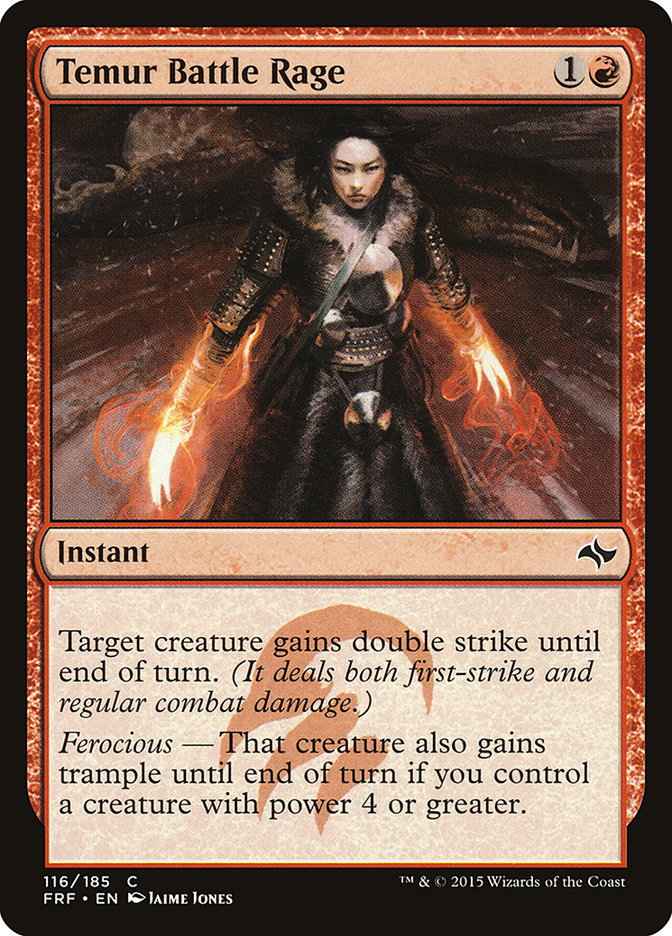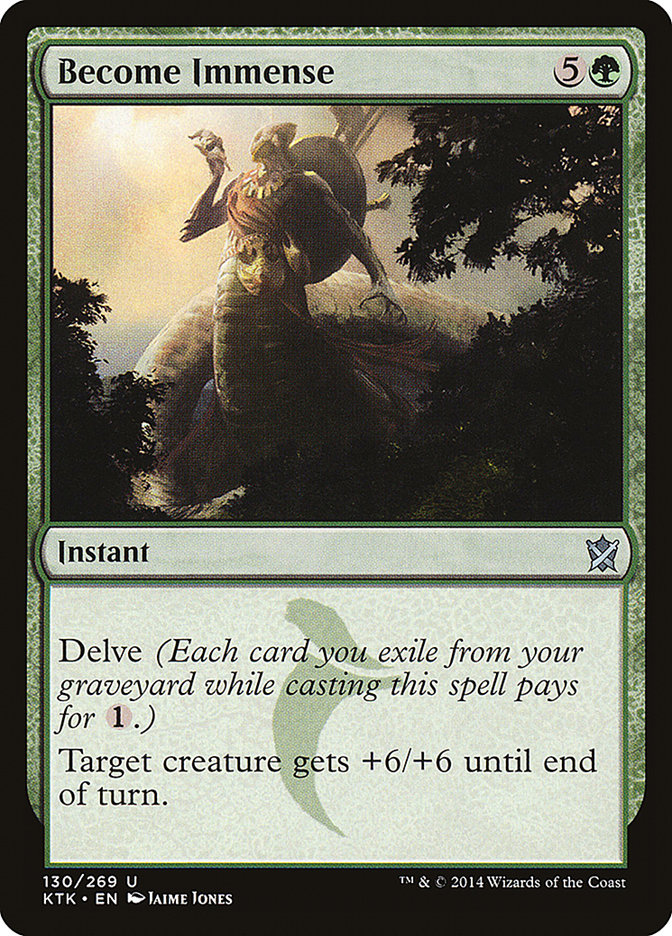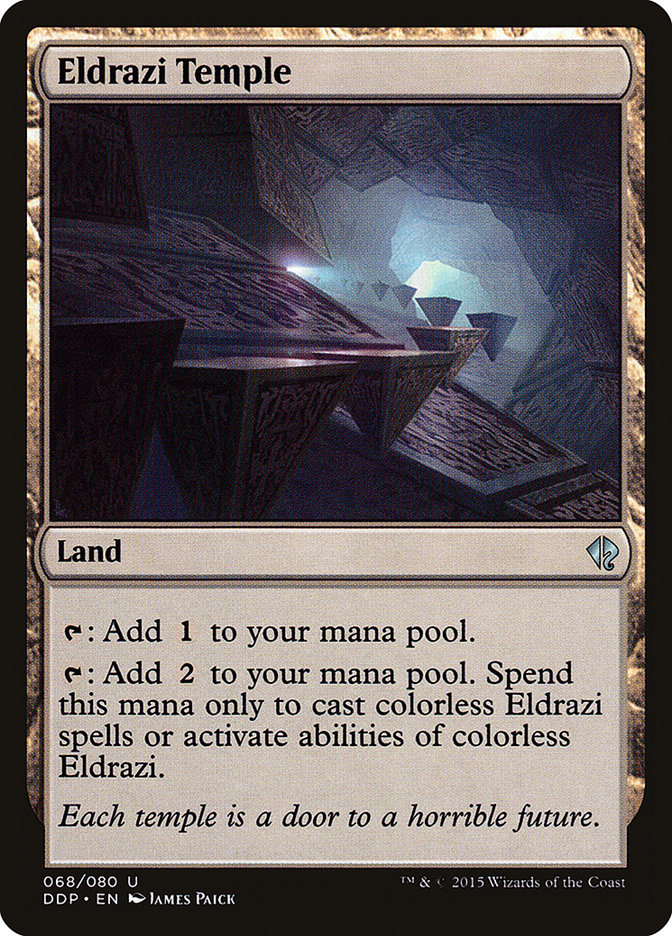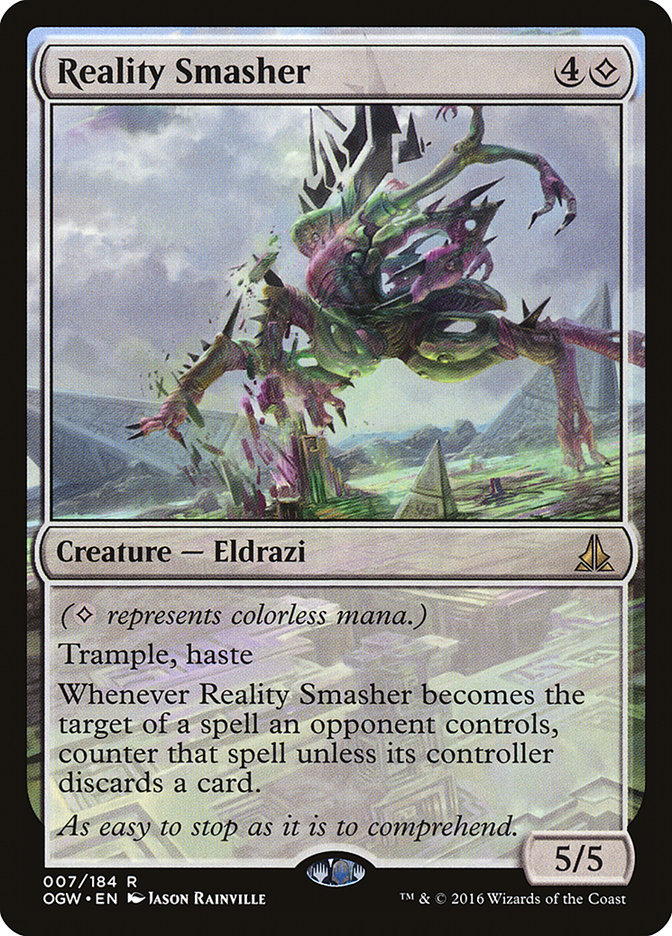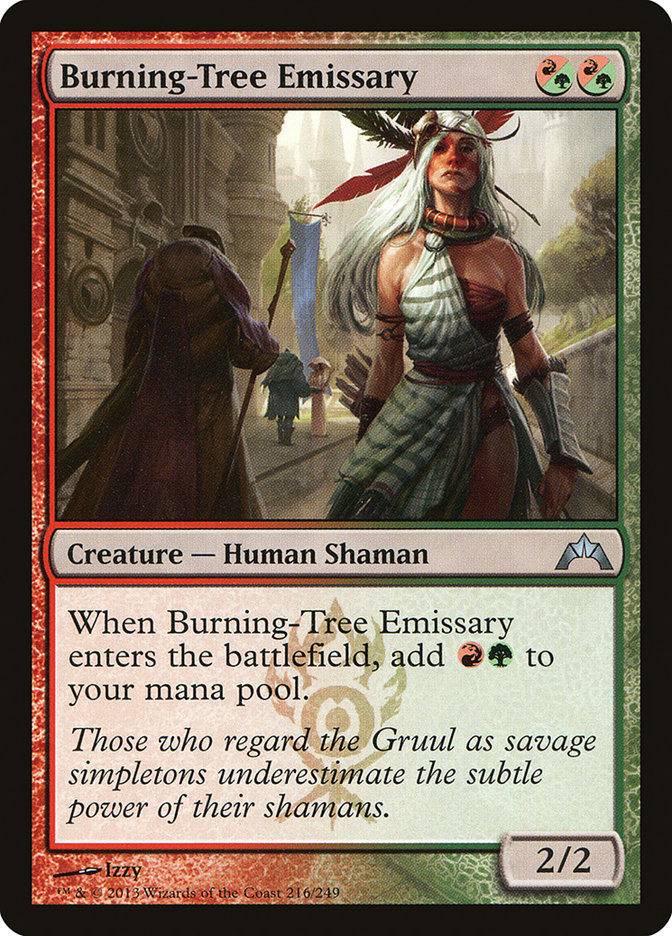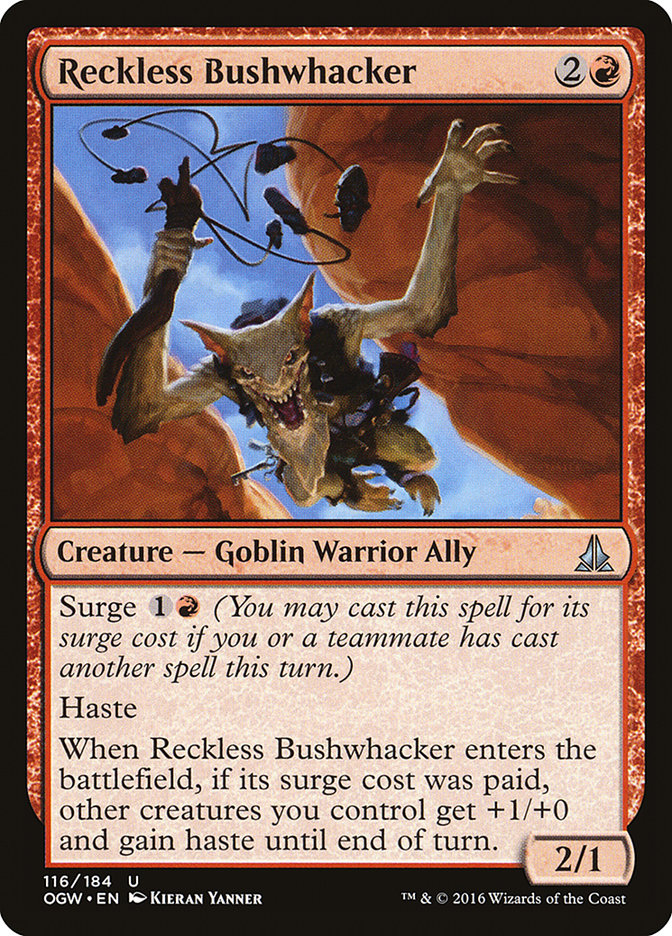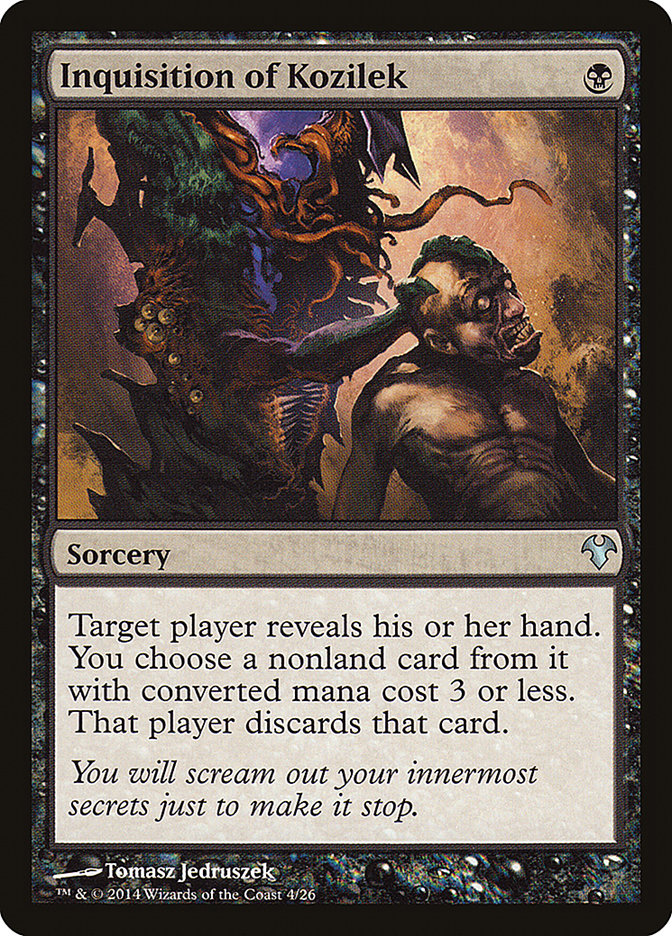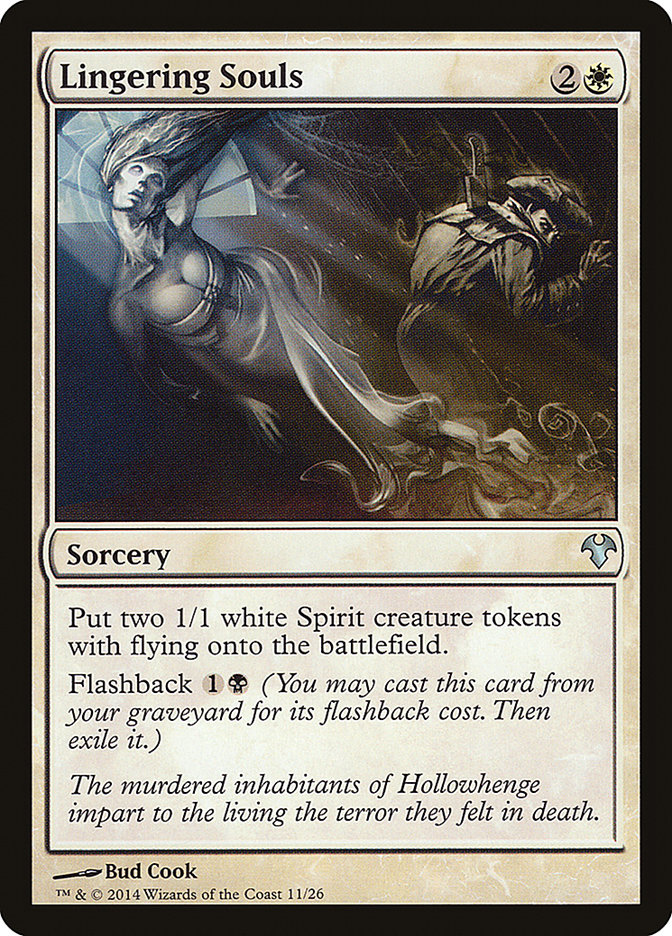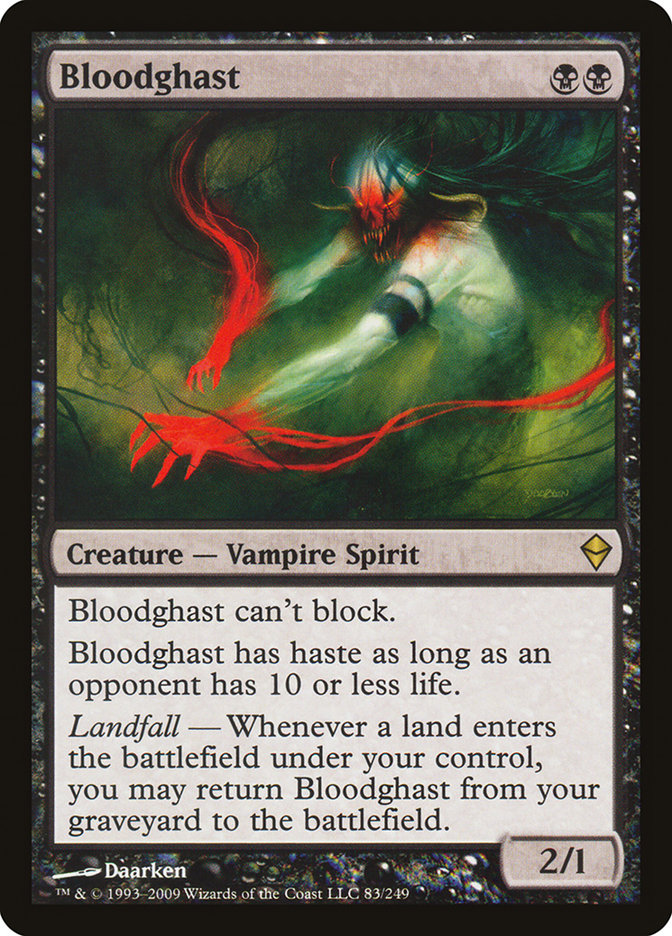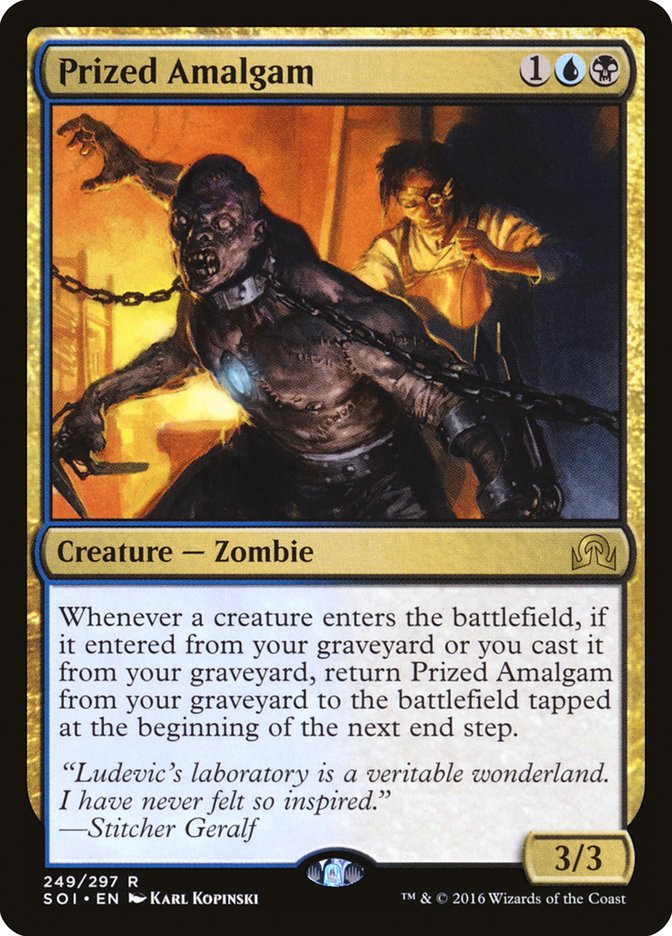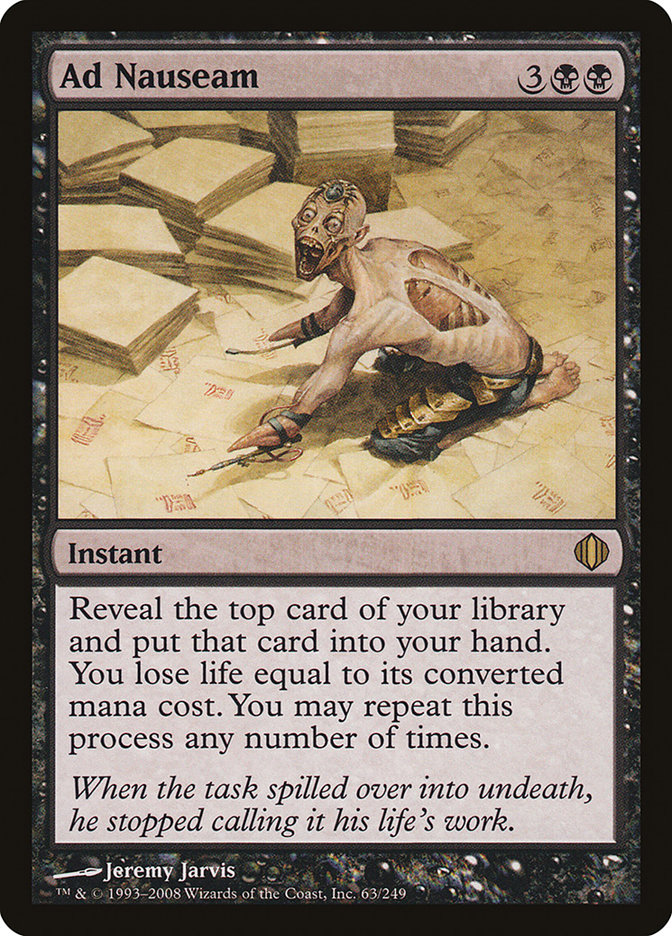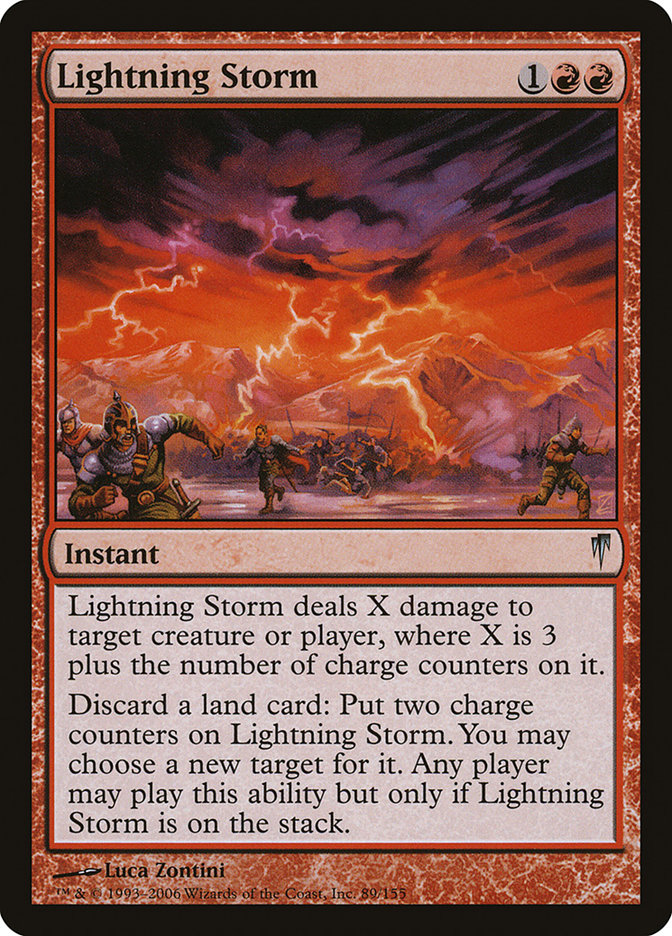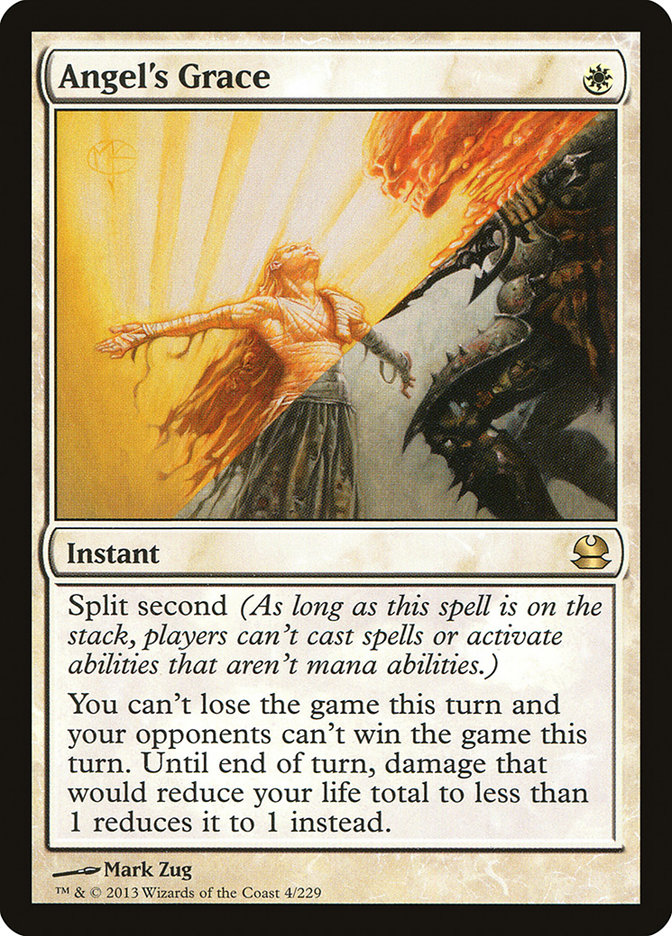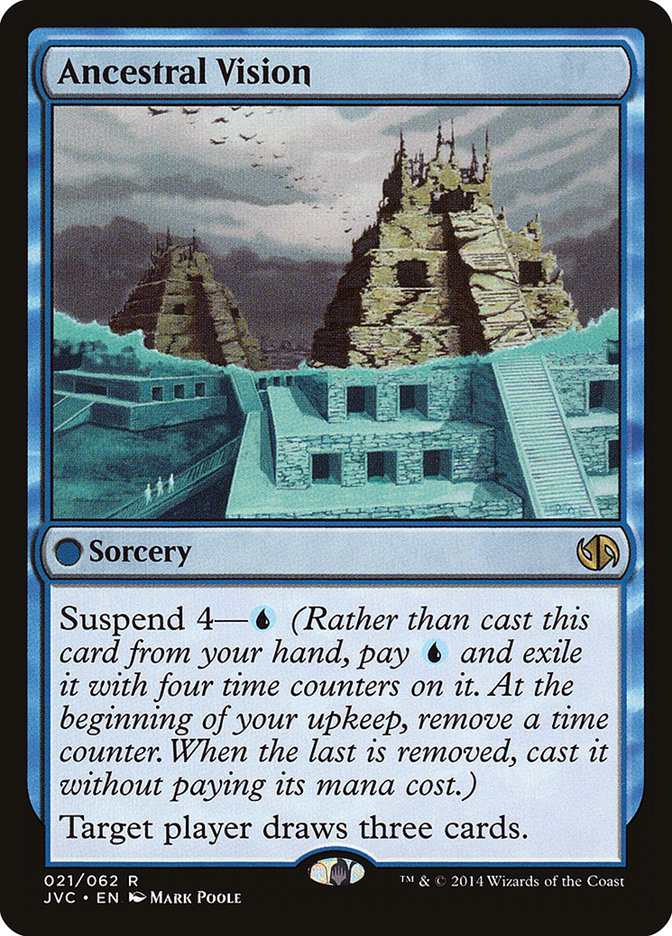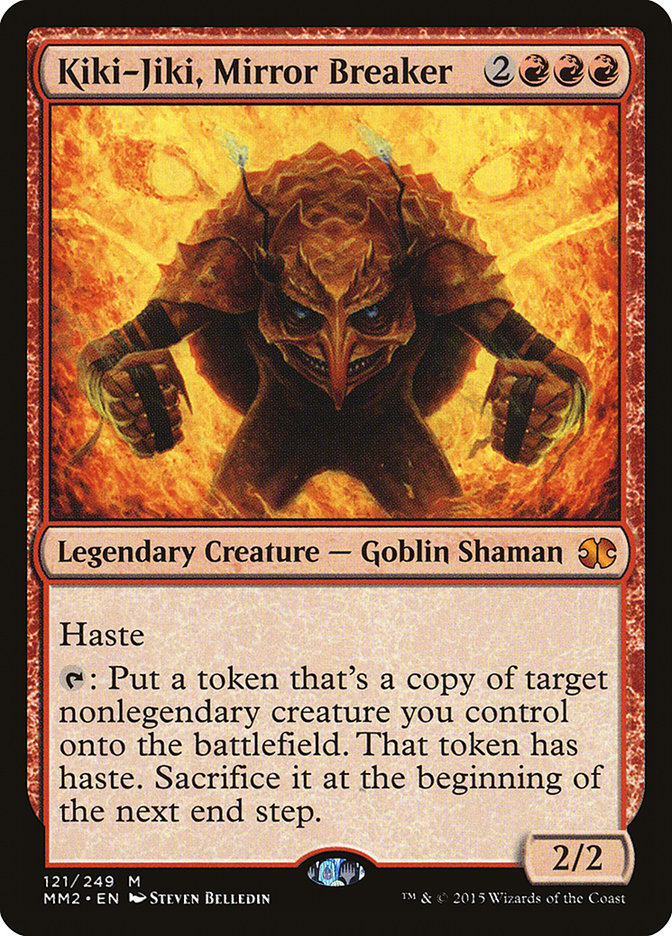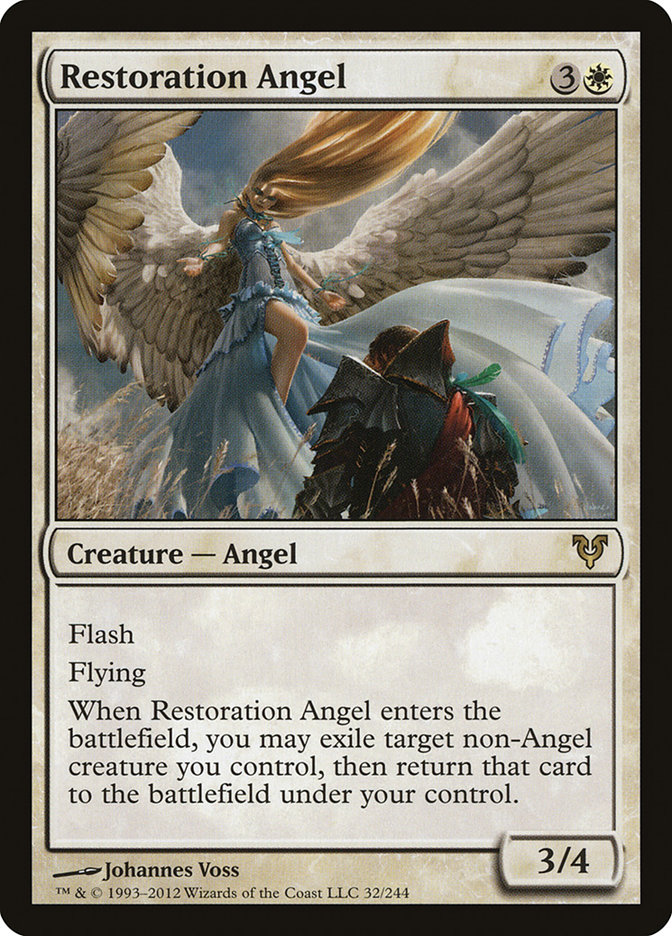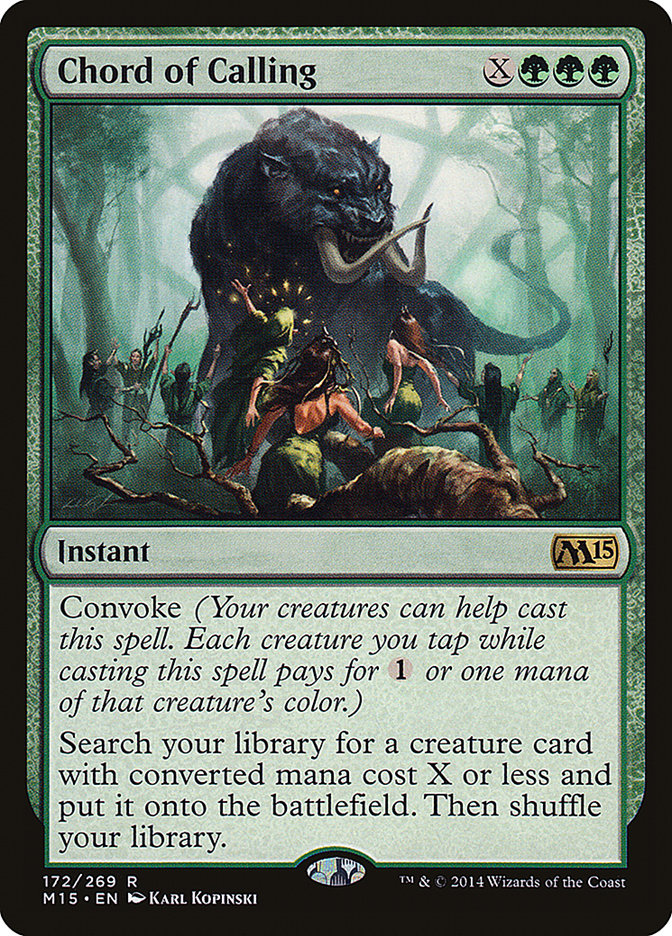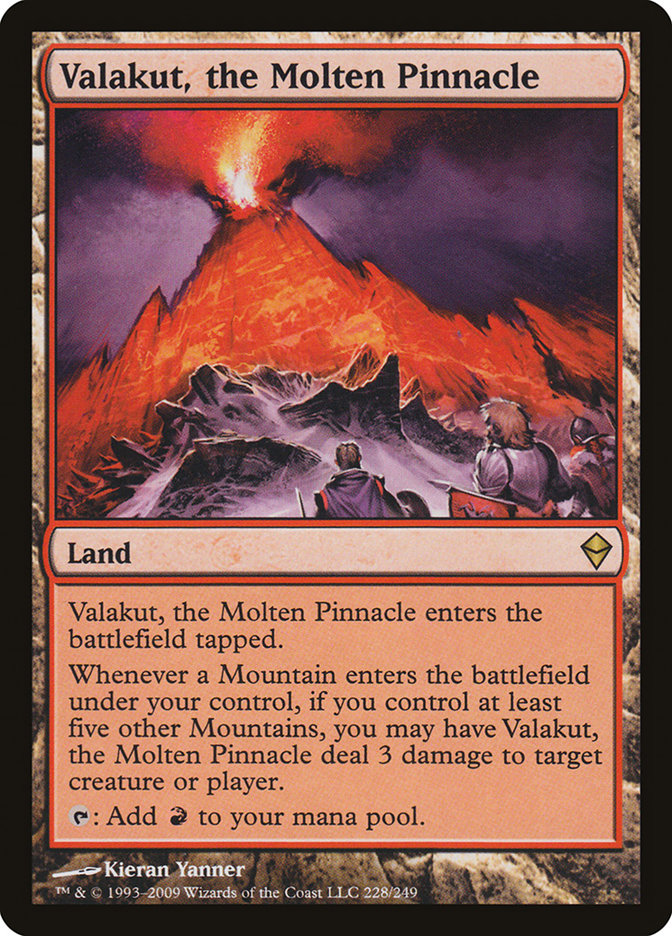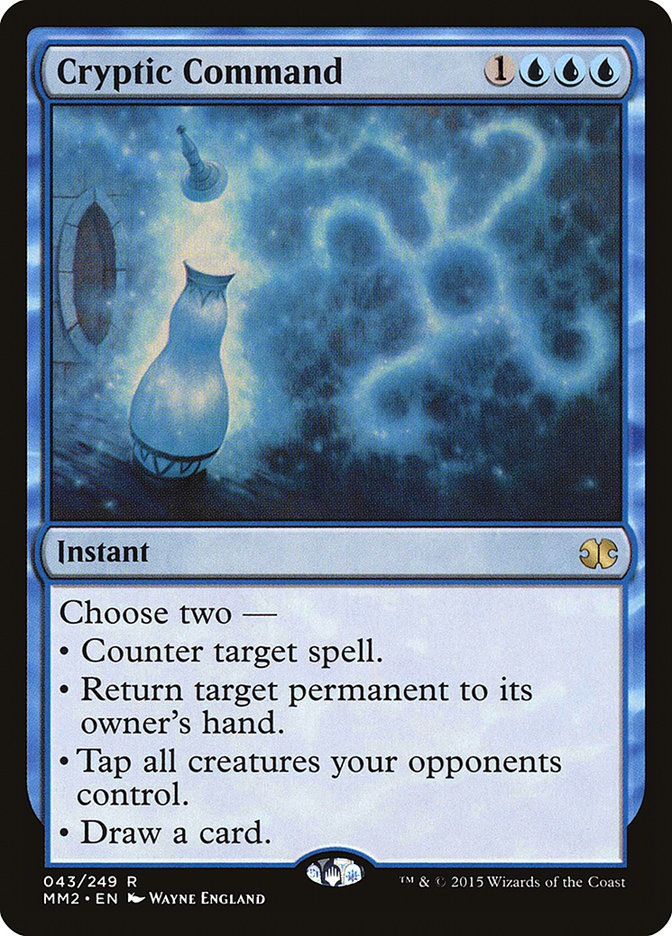Last week I covered the basics of the Modern format, with an explanation of the top-tier decks and how to beat each of them. However, Modern is an incredibly diverse format with dozens of tournament-viable decks, so I couldn’t just stop there. The line between “top-tier” decks and “Tier 2” decks in Modern is incredibly thin, because the diversity of cards at a high power level in Modern leads to a diversity in the metagame as decks arise to take advantage of the different synergies.
Today I’ll be covering the current Tier 2 decks as calculated by Modern Nexus, based on a combination of results from SCG Tour® events, Magic Online data, and other paper events. These are decks that you should not be surprised to see at a large event like an Open, a Classic, or the Modern rounds of the upcoming #SCGINVI. You might not need to tune your sideboard against every single one of these decks, but if you’re looking to pick up a Modern deck these are all great choices that can make a deep run at a tournament.
Creatures (19)
Lands (17)
Spells (24)

Death’s Shadow Aggro is an aggressive deck that plays a bit like Infect without using poison counters. It packs a unique suite of threats including Death’s Shadow and Steppe Lynx, along with the Become Immense / Temur Battle Rage combo from old Standard. And by running playsets of Mishra’s Bauble, Gitaxian Probe, and Street Wraith, it almost feels like it’s playing with a 48-card deck.
The first step to defeating Death’s Shadow Aggro is to avoid underestimating its speed. This is a deck that can easily get its own life total low enough to have a huge Death’s Shadow attacking for lethal damage by turn 3 or 4. Prefer unconditional removal like Terminate and Abrupt Decay over Lightning Bolt and Lightning Helix, as most of the creatures in the deck don’t die to three damage with a single Mutagenic Growth. Play carefully, and realize just how much damage you might take on the crack-back if you don’t leave up a blocker.
Creatures (28)
- 1 Birds of Paradise
- 4 Noble Hierarch
- 2 Spellskite
- 4 Drowner of Hope
- 1 Eldrazi Mimic
- 4 Eldrazi Displacer
- 4 Reality Smasher
- 4 Thought-Knot Seer
- 4 Matter Reshaper
Lands (24)
Spells (8)

I covered a number of Eldrazi decks in detail in an earlier article, so feel free to read that if you’re interested in taking a peek under the hood of this archetype. Bant Eldrazi is an efficient tribal creature deck that uses Eldrazi Temple and Noble Hierarch to ramp into resilient threats like Thought-Knot Seer and Reality Smasher. It can use Drowner of Hope or Eldrazi Displacer to clear away blockers, or combine the two for a huge army of Eldrazi Scions.
Beating Bant Eldrazi is much more possible now that Eye of Ugin has been banned. Be sure to sequence your removal appropriately: slow them down by using Lightning Bolt on a turn 1 Noble Hierarch, get rid of Eldrazi Displacer so it can’t protect their other creatures from removal, and kill Thought-Knot Seer with its ability on the stack so they don’t take your removal. The deck can be a bit slow, so don’t be afraid to get into a good, old-fashioned race. Or, attack their manabase with cards like Blood Moon, Ghost Quarter, and Spreading Seas. Since the deck is nearly four colors and relies on a two-mana land, this can buy you the time you need to finish them off.
Creatures (31)
- 4 Kird Ape
- 4 Wild Nacatl
- 4 Goblin Guide
- 2 Vexing Devil
- 3 Flinthoof Boar
- 4 Burning-Tree Emissary
- 4 Experiment One
- 2 Ghor-Clan Rampager
- 4 Reckless Bushwhacker
Lands (18)
Spells (11)

Zoo is an aggressive deck that relies on filling the battlefield with small creatures and attacking for lethal damage in the early-game. Not only does the deck have extremely mana-efficient threats like Wild Nacatl and Goblin Guide, it also has the explosive possibility of multiple copies of Burning-Tree Emissary into Reckless Bushwhacker. Ghor-Clan Rampager and Atarka’s Command provide a bit more reach to finish off the game without being vulnerable to Leyline of Sanctity.
Zoo is a deck that thrives in the early-game, so if you can make it past turn 4 or 5 you’ll often be favored to win. Early-game removal can buy you time, and Wrath effects like Anger of the Gods, Damnation, and Supreme Verdict are great at cleaning up a full battlefield. High-toughness creatures like Wall of Omens and Tarmogoyf are also great blockers, often requiring a Reckless Bushwhacker or Atarka’s Command to punch through. Finally, incidental lifegain on large or recursive creatures is great, so bring along those copies of Kitchen Finks, Thragtusk, Obstinate Baloth, and Kalitas, Traitor of Ghet.
Creatures (12)
Planeswalkers (4)
Lands (24)
Spells (20)

This close cousin to Jund is a midrange deck focused around black and green, but it exchanges red for white. The deck changes in popularity as the relative utility of Lightning Bolt and Lingering Souls outpace one another. It uses discard and removal spells to stop the opponent and follows up with efficient creatures to finish the job. It gets incremental card advantage from cards like Tasigur, the Golden Fang; Painful Truths; and Lingering Souls while making great tempo plays like Path to Exile removing the opponent’s best creature or Inquisition of Kozilek taking the only on-curve threat the turn before it’s cast.
In order to fight Abzan, you want to pack as many two-for-ones as possible. If you can draw more cards than the Abzan player and avoid spending multiple removal spells dealing with their Lingering Souls, you’ll be able to pull ahead. Planeswalkers, Olivia Voldaren, and Ancestral Vision are all great for this. Another axis is to attack their mana—as a greedy three-color deck, an Abzan player’s day can get ruined by cards like Blood Moon and Spreading Seas.
Creatures (28)
- 4 Golgari Grave-Troll
- 2 Golgari Thug
- 2 Stinkweed Imp
- 4 Greater Gargadon
- 4 Narcomoeba
- 4 Bloodghast
- 4 Prized Amalgam
- 4 Insolent Neonate
Lands (18)
Spells (14)
Sideboard

Dredge is an aggressive deck that abuses the dredge mechanic found on cards like Golgari Grave-Troll to get lots of creatures with recursion into the graveyard. As early as turn 2 or 3, a Dredge player can put plenty of cards into the battlefield via the graveyard, presenting a hard-to-kill army that just keeps coming back. The exact build for this deck hasn’t reached consensus yet, with some builds opting for a Bridge From Below package with Greater Gargadon and others choosing to include more draw spells to fill the graveyard even faster.
If you want to defeat a Dredge player, the best way is to bring dedicated graveyard hate cards. An unanswered Rest in Peace, Leyline of the Void, or Grafdigger’s Cage can stop them in their tracks, and Relic of Progenitus and Tormod’s Crypt can provide enough of a stumbling block to give you time to catch up. Exile-based removal is also powerful, so bring those copies of Anger of the Gods and Path to Exile. If you’re the type of player that prefers to ask questions instead of providing the answers, another option is simply to race. Grow larger than their threats, or play evasive creatures, and the Dredge player might not be able to keep up.
Creatures (5)
Lands (20)
Spells (35)

Ad Nauseam is the format’s primary spell-based combo deck. It tends to largely ignore the opponent’s gameplan, instead focusing on finding the game-winning combo of Ad Nauseam and either Angel’s Grace or Phyrexian Unlife to draw its entire deck, followed up by Lightning Storm or Laboratory Maniac. In addition to being combo pieces, Angel’s Grace and Phyrexian Unlife also serve to delay death as the combo is assembled. Be careful, as the entire combo can happen at instant speed!
If you want to beat Ad Nauseam, targeted discard is incredibly powerful. Because it relies on sculpting a game-winning hand for the first few turns of the game, a well-timed Thoughtseize effect can be so back-breaking that the deck plays Leyline of Sanctity in the sideboard to stop it. If discard isn’t in your wheelhouse, counterspells are effective against the card Ad Nauseam. Don’t let them resolve Ad Nauseam and try to counter the Lightning Storm, though, or you’ll find yourself in a counterspell war against multiple copies of Pact of Negation.
Creatures (9)
Lands (23)
Spells (27)

Grixis Control is a grindy control deck, full of targeted discard, removal, and a suite of counterspells to control the early-game. Unlike Jeskai Control, value creatures like Kalitas, Traitor of Ghet and Tasigur, the Golden Fang are the win conditions of choice, providing a clock with built-in card advantage. Kolaghan’s Command, Snapcaster Mage, and Ancestral Vision provide even more avenues for significant card advantage and finding sideboard bullets.
If you can get out of the gates quickly enough, you can often run over the Grixis Control deck before it gains too much card advantage from Tasigur. If you pack lots of one- and two-mana threats that can trade evenly on tempo for Lightning Bolt and Mana Leak, you can avoid falling too far behind. Or, if you want to go into the late-game, consider including cards with built-in protection like Thrun, the Last Troll or Kira, Great Glass-Spinner.
Creatures (26)
- 4 Birds of Paradise
- 1 Kiki-Jiki, Mirror Breaker
- 2 Eternal Witness
- 4 Wall of Roots
- 1 Glen Elendra Archmage
- 1 Noble Hierarch
- 1 Qasali Pridemage
- 1 Emrakul, the Aeons Torn
- 2 Wall of Omens
- 1 Spellskite
- 1 Deceiver Exarch
- 1 Scavenging Ooze
- 2 Restoration Angel
- 3 Voice of Resurgence
- 1 Pia and Kiran Nalaar
Planeswalkers (4)
Lands (22)
Spells (8)

Kiki Chord is Modern’s premier toolbox deck, able to tutor up silver bullets with Chord of Calling and grind out long games on a midrange plan. While the deck does have the ability to finish the game with an infinite combo of Restoration Angel and Kiki-Jiki, Mirror Breaker, that’s not the primary focus. Because it’s a toolbox deck, the exact optimal build of the deck changes as the metagame shifts. And while the core of the deck is Naya, it’s not uncommon to see a blue or black splash thanks to Birds of Paradise, Chord of Calling, and the fetchland manabase.
One of the best tools you can have to defeat Kiki Chord is knowledge of how the deck works. If you know what tools they have available in their deck via Chord of Calling, you can avoid making plays that look bad in hindsight. Wrath effects can be useful, slowing down their battlefield development and dealing with their huge amount of creatures. Torpor Orb and Hushwing Gryff can also turn off many of the value engines included in the deck, like Eternal Witness, Wall of Omens, Pia and Kiran Nalaar, and Restoration Angel.
Creatures (6)
Lands (26)
Spells (30)

Scapeshift is a control deck with a combo finish, winning the game by casting Scapeshift for enough Mountains and copies of Valakut, the Molten Pinnacle to deal lethal damage. Early-game ramp spells like Search for Tomorrow and Sakura-Tribe Elder accelerate into casting Cryptic Command and Scapeshift early, while using Lightning Bolt, Remand, and Snapcaster Mage buys time. There are a few builds of Scapeshift. The core is Temur, and some builds add extra colors for more flexibility and the ability to include a Bring to Light toolbox package.
Because Scapeshift’s primary win condition is based on having enough lands to get a lethal Valakut, there are two ways to buy more time against the deck: lifegain and land destruction. Tectonic Edge can slow the deck down by a turn, and Ghost Quarter can threaten to take out a Mountain after Scapeshift resolves with the Valakut triggers on the stack. Staying above eighteen life can also require them to Scapeshift for another Mountain. If you’re looking to take out the combo entirely, Slaughter Games naming Scapeshift can force them to play on an axis they’re not prepared for.
Creatures (13)
Lands (20)
Spells (27)

Grixis Delver is an aggro-control deck that gains significant advantage by gaining tempo on the opponent. It uses cheap spells like Spell Snare and Lightning Bolt to keep its opponents off-balance while churning through the deck with Remand, Thought Scour, and Serum Visions. It can race you with a turn 1 Delver of Secrets or turn 2 Tasigur, the Golden Fang, and it can grind you out in the late-game, making the most of the turns you stumble.
To defeat Grixis Delver, try not to lose too much tempo. They’ll be casting one- and two-mana spells to trade card-for-card with you, so avoid relying on three- and four-mana spells that can be answered for half the price.
Grixis Delver also tends to deal a lot of damage to itself because of its strict color requirements, so simply playing a quick, aggressive plan can attack both of their weaknesses at once. Graveyard hate like Rest in Peace and Relic of Progenitus is also great, turning off Snapcaster Mage, Tasigur, and part of Kolaghan’s Command while making their delve creatures cost far too much mana.
Deck Diversity
With so many decks in the format, it can seem intimidating to be prepared for everything. With only fifteen slots in your sideboard, it might seem like you can’t be ready for any deck. However, knowledge of what decks are out there and how to play around the cards your opponent might have can give you a leg up on tournament day.
Next week I’ll cover how to identify which deck you’re playing against in the first two turns, so you can begin to tailor your gameplan and gain an information advantage in the crucial early-game. But until then, have a wonderful week and as always: happy gaming!



